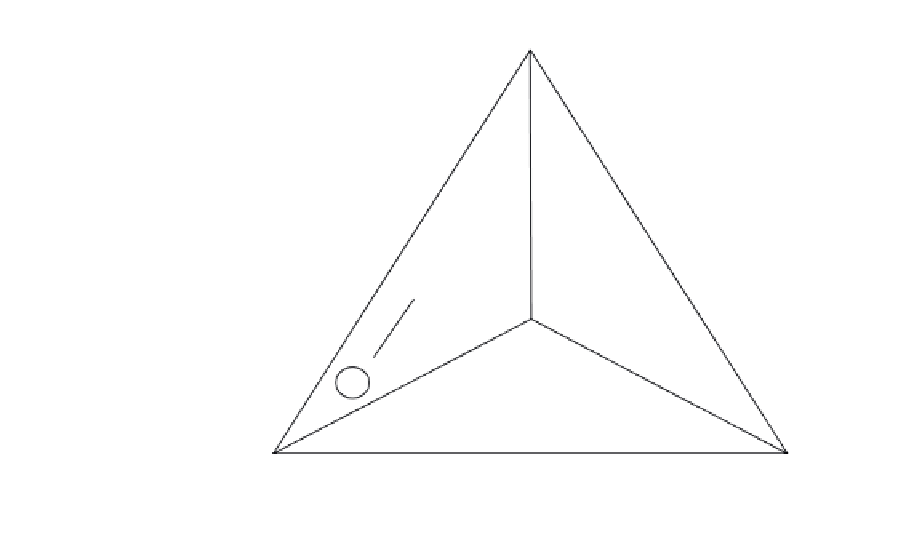Geoscience Reference
In-Depth Information
Direct human influences on shelf sedimentary
systems probably can be constrained mainly
to the past few hundred years, but such a view
requires assessing the nature of environmental
change over the longer time-scales of many of
the natural driving processes. Further, the sedi-
mentary environmental setting is vital. This
chapter thus describes the geoscientific context
and sedimentary processes of continental shelves
of at least the past few hundred years, noting
the influence of human use and management. A
deliberate focus on the Australian and north-
west European continental shelves introduces
the reader to two contrasting but well-described
regions. Compared with Chapters 7, 8 & 9, the
focus herein is those areas of the shelf where the
dominant natural inputs of energy and material
are
not
land-influenced, and where environmental
management requires understanding marine
processes. There is no attempt to be exhaustive,
continental shelf settings are also discussed by
Walker & James (1992), Wright (1995), Johnson
& Baldwin (1996), Wright & Burchette (1996)
and Allen (1997).
10.1.1 Nature of shelf sedimentary environments
The Holocene sea-level highstand and the asso-
ciated relatively deep, modern continental shelves
are the geological exception rather than the rule
(Shackleton et al. 1990). As a result, modern
shelves have significant 'accommodation space'
(the total space below sea-level within which it
is possible to deposit marine sediment), primary
controls on which include relative sea-level and
shelf topography. Modern continental shelves
are subject to a wide range of physical and bio-
logical sedimentary processes, but these are of
varied relative significance. Considering phys-
ical processes, Swift et al. (1986) concluded that
80% of modern continental shelves are storm
dominated, 17% are tidally dominated and only
3% are dominated by oceanic currents. On high-
energy, exposed shelves, long-period waves can
mobilize sediment even in fair-weather condi-
tions, whereas a complex suite of shelf currents,
including waves, wind-driven currents and 'return'
currents, can occur during storms (Wright 1995).
Thus, a grouping can be made based on the
Storm-dominated
4
3
5
Oceanic
current-dominated
2
1
Fair-weather processes
Tidal-dominated
Wave-dominated
Tides increasingly dominant
fair-weather process
Oscillatory flows increasingly
dominant fair-weather process
Fig. 10.2
Classification of modern continental shelves based on physical processes: 1, tidal straits; 2, tidal seas; 3, oceanic-current
swept shelves; 4, storm-dominated shelves; 5, river mud-dominated shelves. (Simplified after Johnson & Baldwin 1996.)
























